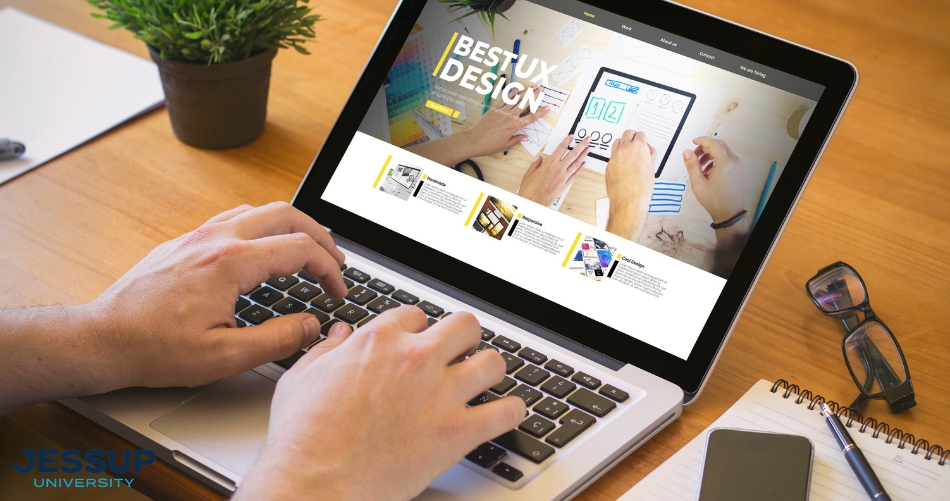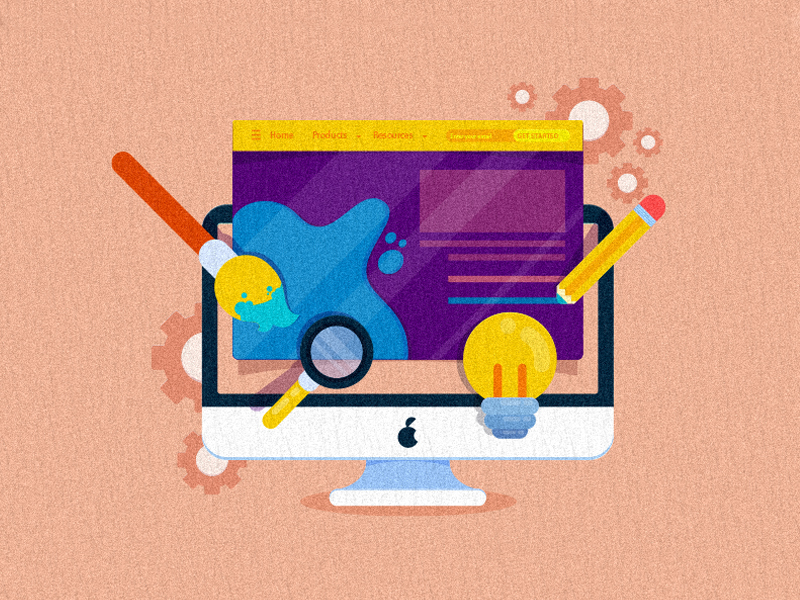Aligned Position Web Design: Building Beautiful and Functional Websites for Your Business
Aligned Position Web Design: Building Beautiful and Functional Websites for Your Business
Blog Article
The Most Effective Types of Web Layout to Boost User Experience and Involvement
In the ever-evolving landscape of electronic interaction, the effectiveness of Web layout substantially influences user experience and interaction. Different layout approaches, such as minimal, responsive, and interactive layouts, each deal special benefits that can provide to diverse individual requirements.
Minimal Website Design
As digital landscapes end up being increasingly chaotic, minimalist website design has actually arised as a powerful strategy to boosting individual experience. This layout philosophy prioritizes simplicity, concentrating on essential components while removing unneeded diversions. By making use of ample white space, uncomplicated navigation, and a restricted color scheme, minimalist layout promotes clearness and routes user attention to crucial material.
The core principle of minimalist Web style is to produce a seamless interaction for users. By lowering cognitive tons, individuals can promptly comprehend details without feeling overwhelmed. This direct method not just improves usability yet likewise motivates interaction, as visitors are more most likely to check out a site that is easy and aesthetically enticing to navigate.
Furthermore, minimal style commonly emphasizes typography and imagery, utilizing these elements strategically to share messages properly. This emphasis on crucial parts can enhance brand identification and create a remarkable individual experience. Essentially, minimal Web style is not simply a pattern; it is a thoughtful approach that identifies the importance of user-centered style. By removing away peripheral elements, designers can develop an extra appealing, reliable, and pleasurable Web experience for all customers.
Receptive Web Design
In today's diverse electronic atmosphere, responsive website design has come to be important for developing a seamless user experience throughout a wide range of gadgets. As users access websites on smartphones, tablet computers, laptops, and desktop computers, the capability of a web site to adapt its layout and material to various screen dimensions and resolutions is important.
Responsive website design utilizes flexible grids, images, and CSS media questions to make sure that Web material exists ideally, despite the tool used. This strategy not just boosts the aesthetic allure of an internet site yet additionally considerably boosts usability. Users are most likely to involve with a site that supplies a consistent experience, as it gets rid of the disappointment of needing to zoom in or scroll exceedingly.
By adopting receptive layout, businesses can enhance their exposure and reach a more comprehensive audience. In summary, receptive Web layout is an essential technique that improves customer experience, interaction, and overall fulfillment.
Interactive Web Style
Responsive website design lays the foundation for boosting individual experience, but interactive website design takes this a step additionally by engaging users in a much more dynamic means - Aligned Position Web Design. By including elements such as computer animations, clickable prototypes, and real-time feedback, interactive Web design astounds users, drawing them into a richer browsing experience
This approach not just fosters involvement but likewise encourages individuals to discover content actively instead than passively eating it. Methods such as gamification, where individuals make rewards for finishing tasks, can substantially boost the time invested in a website and enhance overall contentment. In addition, interactive attributes can streamline complex info, making it extra satisfying and absorbable.

Including interactive layout elements can additionally lead to higher conversion rates, as customers are much more likely to engage with a site that proactively involves them. Aligned Position Web Design. Eventually, interactive Web style changes individual experiences right into memorable journeys, ensuring that site visitors return time and again
Apartment Style
Defined by its minimalistic technique, level layout stresses simplicity and capability, stripping away unnecessary aspects and concentrating on necessary features. This design approach focuses on use, making sure that customers can browse interfaces easily and performance. By employing a clean aesthetic, level design eliminates the clutter frequently discovered in a lot more ornate designs, thereby enhancing customer concentrate on content and capability.
The hallmark of level design lies in its use strong shades, this simple typography, and geometric shapes. These components add to an aesthetically attractive user interface that is both modern-day and approachable. Additionally, level layout fosters a feeling of clearness, permitting users to recognize vital activities and details without disturbance.
Furthermore, level layout is particularly effective in responsive Web style, as its simpleness translates well throughout different devices and display sizes. By concentrating on important attributes, flat layout not just fulfills customer demands yet likewise urges smooth communication, making it an essential element of efficient Web style strategies.
Adaptive Web Style
Adaptive Web layout tailors the user experience by producing several repaired designs tailored to different display dimensions and devices. Unlike responsive design, which fluidly adjusts a solitary layout, flexible style utilizes distinct designs for particular breakpoints, guaranteeing ideal discussion on numerous systems. This strategy enables developers to concentrate on the unique qualities of each device, enhancing functionality by supplying precisely what customers require based on their context.
One of the key benefits of adaptive Web layout is its capability to enhance lots times and performance. By serving customized content and images that fit the user's device, internet sites can reduce information use and boost loading rates. This is particularly beneficial for individuals with slower connections or minimal data strategies.

In addition, adaptive layout facilitates an extra consistent and controlled branding experience. Given that developers develop numerous designs, they can guarantee that the aesthetic components line up with the brand's identification throughout various systems - Aligned Position Web Design. This leads to a cohesive customer experience, enhancing involvement and advertising user retention
Conclusion
Minimal design promotes clearness and emphasis, while responsive layout guarantees versatility throughout various gadgets, advertising accessibility. Jointly, these layout comes close to add to the production of easy to use environments that not only boost complete satisfaction yet additionally drive higher conversion rates, highlighting their essential relevance in contemporary Web design techniques.

Minimalist design fosters clearness and focus, while responsive layout makes certain flexibility throughout numerous tools, promoting access. Jointly, these style comes close to contribute to the production of straightforward environments that not just boost satisfaction however likewise drive higher conversion rates, emphasizing their essential value in contemporary Web style methods.
Report this page